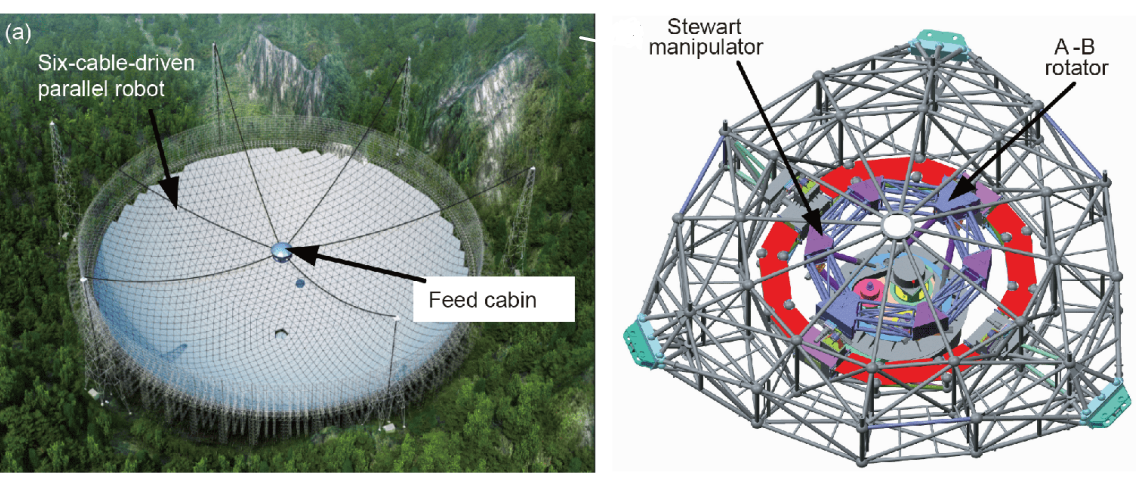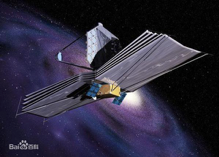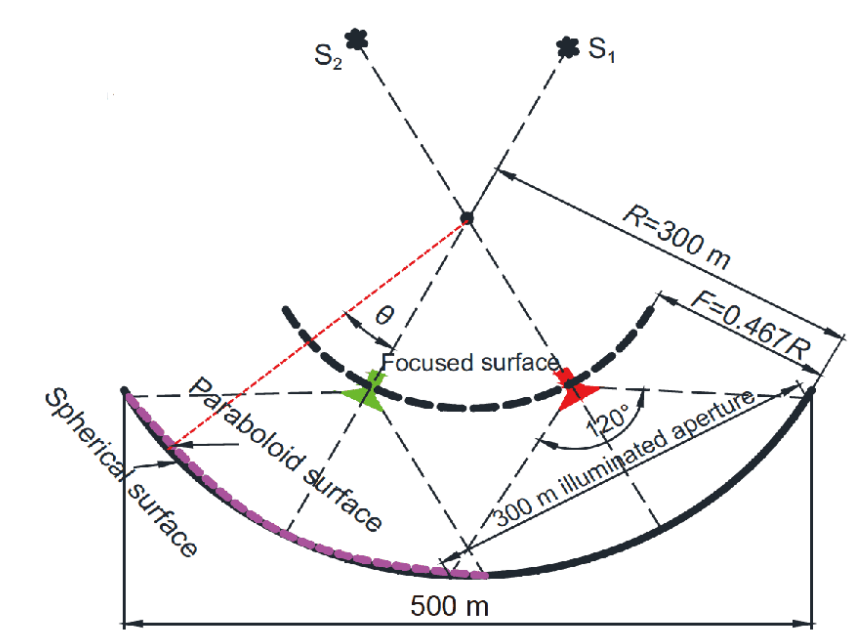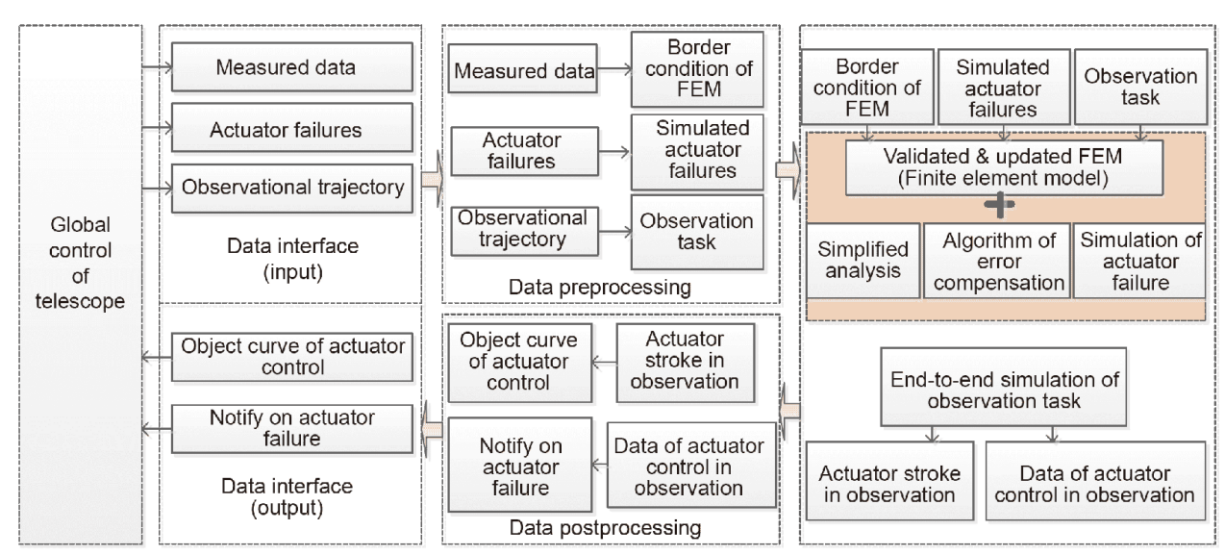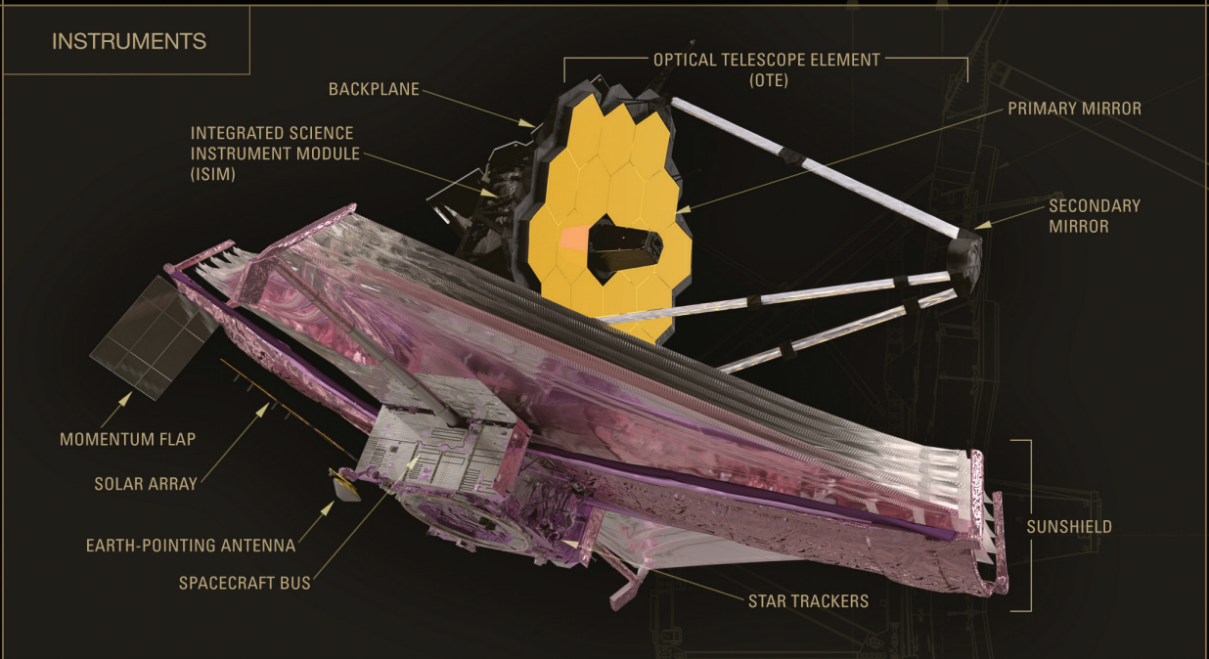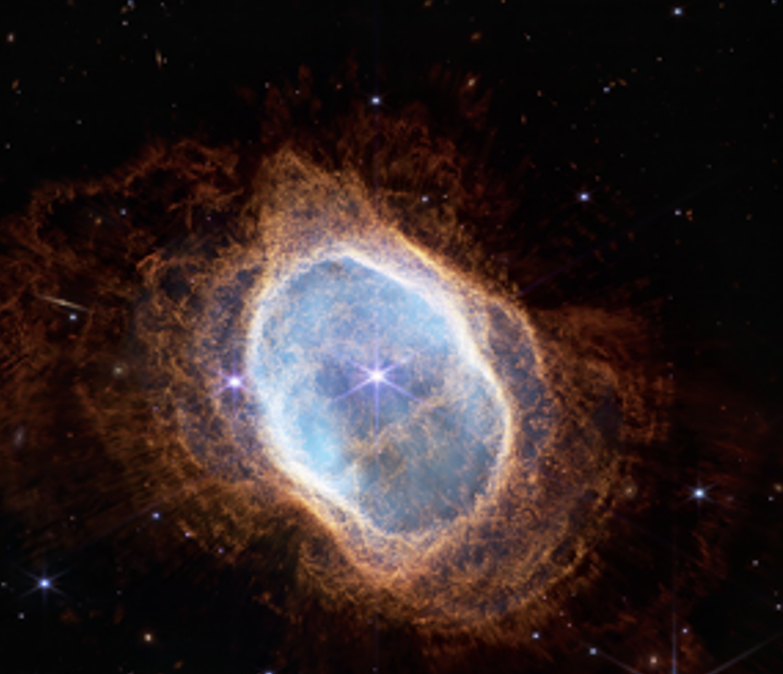Comparisons of Two Types of Astronomical Telescopes: Terrestrial Telescopes and Space Telescopes
Siyu Chen
The Derryfield School, Manchester, US
23schen@derryfield.org
Abstract. In the field of astrophysics and cosmology, astronomical telescopes are the main and key tool for observing and capturing information of celestial bodies. Generally, there are two types of telescopes, i.e., terrestrial telescopes and space telescopes. This study will be mainly focused on the differences and similarities between the two types mentioned above. According to the analysis, the ground telescope is larger and collect data with processing instead of real picture. The space telescope, on the other hand, is smaller but hard to repair, which is able to send back the real pictures of the space. The research aims of this investigation are helping the further researchers to have better understanding to the two different types of telescopes and offering a guideline for them to choose the more appropriate resources to use for the future research. These results shed light on guiding further exploration of different types of telescopes and pave a path for the future inventions of the telescopes.
1. Introduction
The telescope originated from eyeglasses, which humans started to use about 700 years ago. Around 1300 AD, the Italians made reading glasses with convex lenses. Around 1450 AD, myopic glasses also appeared. In 1608, an apprentice of Dutch eyewear maker Hans Riahi accidentally discovered that folding two lenses together could clearly see something in the distance. One year later, the Italian scientist Robert Galileo turned the invention into his own telescope and used it to observe the stars. Since then, the first astronomical telescope was born. Till nowadays, the astronomical telescopes can be mainly separated into to two different areas. One is on earth (e.g., VLT, LAMOST, and FAST) and the other type of telescope is in the space (e.g., TESS, Hubble, and Webb).
The FAST is a Chinese mega-science project, which is schematically shown in Fig. 1. The 500-meter aperture telescope possesses the 2.5 times larger sensitivity than other state-of-art facilities, greatly expanding mankind ability to explore the origin and evolution of the universe [1-4]. Based on the outstanding characteristics, a large number of ambitious plans have been prosed, e.g., detect interstellar molecules, study star formation and evolution, galaxy core black hole level to explore the origin of life in space; search for possible interstellar communication signals, search for alien civilization [2].
The Webb telescope (as sketched in Fig. 2), on the other hand, is more focusing on the first light and reionization, earliest galaxies in the universe, how galaxies evolve, birth of stars and planets, and exoplanets [5-8]. It is NASA’s most powerful space science telescope ever constructed. Some scholars consider it to be the replacement of the Hubble Telescope. Both of them function in the space, and they both send a lot of images back to us.
|
Figure 1. The schematically plots of the FAST [1]. |
|
Figure 2. A sketch of Webb telescope [6]. |
Galileo, who invented the telescope, discovered that the moon was not flat. The discovery of four moons operating around Jupiter and the profit and loss of Venus further proves Copernicus's theory of heliocentric. All major discoveries in modern times are inseparable from telescopes, e.g., pulsars, neutron stars, 3K microwave background radiation, and interstellar organic molecules. These fascinating achievements have greatly broadened the human vision and are the most important tools to help humans understand and perceive the world.
This study will introduce the principles of two different types of telescopes, their applications, comparison, limitation and future outlooks. The paper also aims at helping future students to have better understanding to the two different types of telescopes and helping them to choose the correct telescopes to do the further research. The rest part of the paper is organized as follows. The Sec. 2 will introduction of principle of two different types of telescopes. The Sec. 3 will be the application of the telescopes. The Sec. 4 will be the disadvantages of the two telescopes. The Sec. 5 will be the conclusion.
2. Principles of telescope
The basic principle of classical radio telescopes is that, similar to optical reflection telescopes, the EM waves are reflected by a precision mirror and reach the public focus in the same phase. Using rotating parabola as a mirror is easy to focus in the same phase regime, so radio telescope antennas are mostly parabolic. The mean-squared error rate of the radio telescope surface and an ideal parabolic surface is not greater than λ/16~λ/10, and the telescope can generally work effectively on the radio band with a wavelength greater than.
The FAST telescope contains cable net that comprises 6670 steel cables and 2225 cross nodes. The lengths of the cables range from 10.5 to 12.5 mm; the total weight of the net is about 1300t; the main cables have 16 cross-sectional areas ranges from 280 to 1319 mm2 [9]. A schematically diagram of the FAST is demonstrated in Fig. 3.
| |
Figure 3. Diagrams of the FAST telescope [1]. | |
The way how the Fast function is that the shape of the cable net will frequently changes from 500m spherical surface to 300m paraboloid, which can lead to deformation of the ring beam and cyclic loading. As a result, it can decrease the problem of reflector system. It includes components: ring beam, cable net, reflector element and accessory mechanism [9]. The detail processing of the FAST is presented in Fig. 4.
|
Figure 4. Processing of how the FAST works [1]. |
The Webb Telescope follow the orbit around 1 million miles(1.5 million km) from Earth. It also orbit the Sun at Sun-Earth Lagrange Point 2(L2) [5, 6]. It contains a primary mirror size, which is 21.3 feet (6.5 meters); a mirror that is comprised of 19 gold-plate hexagonal deployable segments; a sunshield that is the size of a tennis court. A detail description of the WEPP is depicted in Fig. 5. There are also 4 different instruments on the telescope: Near-Infrared Camera (NIRCam), Near-Infrared Spectrograph (NIRSpec), Mid-Infrared Instrument (MIRI), and Near-Infrared Imager and Slitless Spectrograph (NIRISS) with the Fine Guidance Sensor (FGS). After The James Webb Space Telescope has successfully arrived in its scheduled orbit, which means it is now working properly, the sun visor and the main mirror can be opened and lenses calibration starting to work for three months, including multiple lenses of the main mirror [10]. After the mirror alignment process, the Webb Telescope can create an accurate and concentrated image. The James Webb Space Telescope completed its first multi-instrument calibration: successfully aligned the other airborne instruments to Webb's mirror while the mid-infrared instrument (MIRI) continues to cool [11].
|
Figure 5. Detail description of the Webb Telescope [6]. |
3. Applications
The FAST telescope is more focusing on discovering the new pulsars. In 2021.07.30, the FAST globular cluster pulsar sky survey found over 30 pulsars [4]. Till now, FAST telescope has discovered more than 500 pulsars, more than 4 times the total number of pulsars found by all other telescopes in the same period. And in 2021,2 new Nature research papers were selected by the American Astronomical Society in 2021. More than 120 research papers based on FAST data, citing more than 590 times, FAST telescope has entered the stage of "more results" and "good results” [4]. The FAST telescope provides enough data for scientists to do the further development of understanding to the universe. As a multidisciplinary basic research platform, the 500 m aperture spherical radio telescope has the ability to extend neutral hydrogen observations to the edge of the universe, observe dark matter and dark energy, and search for the first generation of celestial objects. By discovering about 7,000 pulsars, study material structure and physical laws in extreme states. Primarily, scholars discover strange star and quark stars, discover neutron star, i.e., black hole binary without accurate determination of black hole mass. In addition, the gravitational waves are detected, joining the international very long baseline network as the largest station to image. Moreover, the giant maser galaxies at high redshift are discovered. Furthermore, one realizes the first methanol super-maser outside the Milky Way. Additionally, it can be used to search for possible interstellar communication signals, find extraterrestrial civilization etc. [7].
4. Comparison
The telescope on the ground does not require the specific temperature duration. Yet the telescopes in space need special protection in order to keep the telescope function while they are circulating in the space. The lowest temperature they experienced is about absolute zero. Yet since the telescopes are on the group, it requires more delicate and larger structures for the on-earth telescope to create better information. James Webb space telescope is one of the most complex projects in NASA history, therefore its risk is huge. Since "Hubble space telescope” and "James Webb" are too far away from the earth, it is not possible to send astronauts for maintenance. As a result, its design and manufacturing must be perfect, otherwise the telescope will not be able to function. Future system integration tests may also find unknown problems, with the launch being delayed once the test is difficult. If the Webb telescope goes into orbit, it can demonstrate its powerful observation capability [8]. However, since the FAST telescope is on Earth, scientists can repair the broken parts as soon as they can, which also helps to increase the accuracy of the data. The sizes of two different telescopes are easy to compare with. Since the outer space is a good place for detection of the cosmetic information, the devises do not to have super strong instructions to receive information. Therefore, the size of the telescopes is able to decrease. The FAST telescope is 260000 m² large, which is around 30 football courts [1]. However, the Webb telescope is only about 6.5m for the main mirror [8]. The difference between two is huge. Moreover, since there are chimeras on the Webb telescope, the telescope is able to take real images and send it back to earth. On July 12,2022, the NASA released the first full set of full-color universe deep space images taken by the Webber Space Telescope [10]. Yet from the FAST, we can only collect datasets, and use the corresponding data to analyze the cosmic situations. There’s no actual image of the universe given by the FAST.
|
Figure 6. Image sent back from the Webb telescope. |
5. Limitation & Future outlooks
The limitations of two different telescopes are obvious. For the on-earth telescopes, the locations and the sizes are huge problems. Because the telescopes are on the surface of earth, they have to overcome the effects of the atmosphere and the pollution human created, such as light pollution and air pollution. In addition, the sizes of the telescopes also limited the location it can choose. These factors create inconvenience for the scientists, that they have to choose to build the telescopes far from cities in order to decrease the rate of affections by human, e.g., the FAST telescopes locate in rural regime that is far away from the city. Yet for the in-space telescopes, the limitations are also very huge. Since the telescopes are always in space, it is hard for scientists to repair if some parts break down. For example, between May 23 and 25,2022, a micrometeoroid hit a main mirror of it, but the NASA team operating the telescope did not expect the impact to have a significant impact on the observatory's data [12]. If the telescope is damaged by the accidental hit, it means that the work the scientists did for the past years are wasted. They have to rebuild the telescope, and resend it back to the space again. In addition, they might lose contact with the telescopes, such as the Hubble telescope, due to the gravitation affecting the orbit. For the future time, scientists might be able to combine the beneficial parts of the two different types of telescopes together. For example, they can create a close earth orbit radio telescopes that can avoid the affection of atmosphere and pollutions. What’s more, since it is close to the orbit, it is convenient for scientists to repair it.
6. Conclusion
In summary, there are a lot of difference between two different types of telescopes, e.g., locations, sizes, applications, and goals. The on-earth telescopes are normally larger than the telescopes in space, which means they need to overcome the distractions of the atmosphere. Besides, since the telescopes are on-earth, they can be quickly repaired as soon as they are created. Yet for the telescopes in space, they need to be perfect at the time they are launched from the ground, since it is very hard for people to repair it after it’s in space. In addition, the results generated from these two different types of telescopes really differs a lot. For the on-earth telescopes, such as FAST, they generate data messages, which can only allow scientists to understand what has happened. The in-space telescopes including Webb, on the other hand, will take the actual pictures and send the photos back to earth since they have chimeras, giving the pictures that can face to the publics. This research is limited because more detailed information is not given to public. The future telescopes might be able to combine both benefits together and create better use. Overall, these results offer a guideline for future study of the astronomy.
References
[1]. Jiang P, Yue Y L, Gan H Q, et al. Commissioning progress of the FAST. Science China Physics, Mechanics & Astronomy, 2019, 62(5): 1-22.
[2]. Zhu L. Introduction of measurement and control technology of FAST. Ground-based and Airborne Telescopes VII. SPIE, 2018, 10700: 578-591.
[3]. The Sky Eye: Five-Hundred-Meter Aperture Spherical Radio Telescope (FAST). Springer Nature, 2021.
[4]. Wang J, Luo M C, Wu W Q, et al. Study of central control system for FAST[J]. Experimental Astronomy, 2013, 36(3): 569-589.
[5]. Gardner J P, Mather J C, Clampin M, et al. The james webb space telescope[J]. Space Science Reviews, 2006, 123(4): 485-606.
[6]. NASA released webb space telescope of the first full color universe deep space images | interface news, express
[7]. Lambright W H. Leading NASA in Space Exploration: James E. Webb, Apollo, and Today. Leadership and Discovery. Palgrave Macmillan, New York, 2009: 79-98.
[8]. Albanese M, Wirth A, Jankevics A, et al. Verification of the James Webb Space Telescope coarse phase sensor using the Keck Telescope. Space Telescopes and Instrumentation I: Optical, Infrared, and Millimeter. SPIE, 2006, 6265: 296-304.
[9]. Pan Z, Qian L, Ma X, et al. FAST Globular Cluster Pulsar survey: twenty-four pulsars discovered in 15 globular clusters. The Astrophysical Journal Letters, 2021, 915(2): L28.
[10]. Nella J, Atcheson P D, Atkinson C B, et al. James Webb Space Telescope (JWST) observatory architecture and performance. Optical, Infrared, and Millimeter Space Telescopes. SPIE, 2004, 5487: 576-587.
[11]. Sabelhaus, Phillip A. James Webb Space Telescope Project Overview and Status for the SPIE. No. Paper Number 7731-8. 2010.
[12]. The James Webb Space Telescope was hit by a small space rock. IT Home Hundred.
Cite this article
Chen,S. (2023). Comparisons of Two Types of Astronomical Telescopes: Terrestrial Telescopes and Space Telescopes. Theoretical and Natural Science,2,75-80.
Data availability
The datasets used and/or analyzed during the current study will be available from the authors upon reasonable request.
Disclaimer/Publisher's Note
The statements, opinions and data contained in all publications are solely those of the individual author(s) and contributor(s) and not of EWA Publishing and/or the editor(s). EWA Publishing and/or the editor(s) disclaim responsibility for any injury to people or property resulting from any ideas, methods, instructions or products referred to in the content.
About volume
Volume title: Proceedings of the International Conference on Computing Innovation and Applied Physics (CONF-CIAP 2022)
© 2024 by the author(s). Licensee EWA Publishing, Oxford, UK. This article is an open access article distributed under the terms and
conditions of the Creative Commons Attribution (CC BY) license. Authors who
publish this series agree to the following terms:
1. Authors retain copyright and grant the series right of first publication with the work simultaneously licensed under a Creative Commons
Attribution License that allows others to share the work with an acknowledgment of the work's authorship and initial publication in this
series.
2. Authors are able to enter into separate, additional contractual arrangements for the non-exclusive distribution of the series's published
version of the work (e.g., post it to an institutional repository or publish it in a book), with an acknowledgment of its initial
publication in this series.
3. Authors are permitted and encouraged to post their work online (e.g., in institutional repositories or on their website) prior to and
during the submission process, as it can lead to productive exchanges, as well as earlier and greater citation of published work (See
Open access policy for details).
References
[1]. Jiang P, Yue Y L, Gan H Q, et al. Commissioning progress of the FAST. Science China Physics, Mechanics & Astronomy, 2019, 62(5): 1-22.
[2]. Zhu L. Introduction of measurement and control technology of FAST. Ground-based and Airborne Telescopes VII. SPIE, 2018, 10700: 578-591.
[3]. The Sky Eye: Five-Hundred-Meter Aperture Spherical Radio Telescope (FAST). Springer Nature, 2021.
[4]. Wang J, Luo M C, Wu W Q, et al. Study of central control system for FAST[J]. Experimental Astronomy, 2013, 36(3): 569-589.
[5]. Gardner J P, Mather J C, Clampin M, et al. The james webb space telescope[J]. Space Science Reviews, 2006, 123(4): 485-606.
[6]. NASA released webb space telescope of the first full color universe deep space images | interface news, express
[7]. Lambright W H. Leading NASA in Space Exploration: James E. Webb, Apollo, and Today. Leadership and Discovery. Palgrave Macmillan, New York, 2009: 79-98.
[8]. Albanese M, Wirth A, Jankevics A, et al. Verification of the James Webb Space Telescope coarse phase sensor using the Keck Telescope. Space Telescopes and Instrumentation I: Optical, Infrared, and Millimeter. SPIE, 2006, 6265: 296-304.
[9]. Pan Z, Qian L, Ma X, et al. FAST Globular Cluster Pulsar survey: twenty-four pulsars discovered in 15 globular clusters. The Astrophysical Journal Letters, 2021, 915(2): L28.
[10]. Nella J, Atcheson P D, Atkinson C B, et al. James Webb Space Telescope (JWST) observatory architecture and performance. Optical, Infrared, and Millimeter Space Telescopes. SPIE, 2004, 5487: 576-587.
[11]. Sabelhaus, Phillip A. James Webb Space Telescope Project Overview and Status for the SPIE. No. Paper Number 7731-8. 2010.
[12]. The James Webb Space Telescope was hit by a small space rock. IT Home Hundred.










